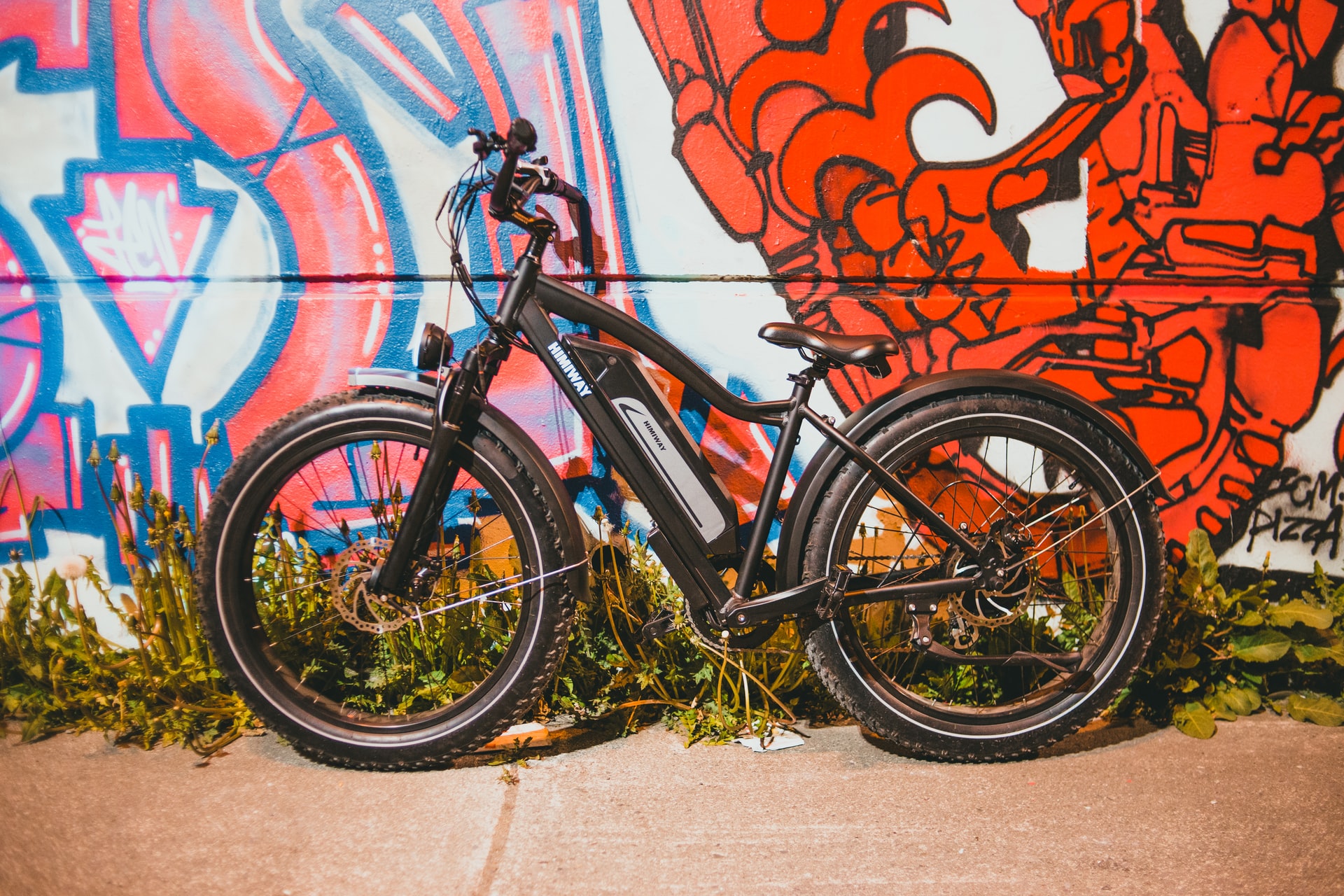Fat bikes are a relatively new style of mountain bike that have gained popularity in recent years. With their big, wide tires and additional traction, fat bikes excel in certain conditions and types of riding. But are they worth the extra cost compared to a traditional mountain bike? We’ll explore the pros and cons of owning a fat bike to help you decide if investing in one is the right choice.
What is a Fat Bike?
Fat bikes get their name from their most distinguishing feature: oversized, wide tires, ranging from 3.8-5 inches across. These big tires require specially designed frames and rims to provide sufficient clearance. The combination of the wide tires and frame geometry lends itself to excellent traction and floatation in loose conditions.
Fat bikes were first created to tackle snowy terrain and riding on beaches. But today’s modern fat bikes are extremely versatile machines suitable for a wide range of riding conditions and terrain. Let’s dive deeper into the advantages (and disadvantages) of fat bikes to understand who and what they are best suited for.
Advantages of Fat Bikes
Fat bikes shine thanks to their ample tire size and tread – here are some key benefits they offer:
Excellent Traction in Loose Conditions
With their balloon-like tires, fat bikes excel at riding on surfaces like snow, sand, loose dirt, and mud. The wide contact patch grips loose terrain and prevents sinking or washing out, translating to loads of traction. The tires essentially float over the surface, allowing you to maintain control and momentum.
Beach rides and snowy mountain trails are a blast on fat bikes. Riding where other mountain bikes would struggle offers loads of fun and capability advantages.
Comfort and Stability
The wide tires and geometry of fat bikes also make them very stable and comfortable rides. The big tires act like natural suspension, absorbing bumps and vibration. This cushy feel increases control when riding over obstacles and rough terrain.
The tires’ width also resists leaning the bike excessively, giving them very balanced handling. Less experienced riders will feel more confident navigating tricky sections thanks to these stable manners.
Functional in More Conditions
From snow to sand and everything in between, fat bikes can tackle an incredibly wide range of riding terrain and conditions. Their versatility allows riding in places that would stop other bikes in their tracks.
So no matter the season or where your adventures take you, a fat bike will likely be up for the task. One bike that can handle it all is an attractive proposition for diehard riders.
Surprisingly Capable Climbers
Given their heft and balloon-like tires, you might assume fat bikes are ponderous climbers. But thanks to superb traction and low tire pressures, they climb remarkably well in loose conditions. Technical climbs on dirt, snow or sand are manageable when traction isn’t compromised.
While they may never keep up with lightweight cross country bikes on hardpack trails, skilled riders can still climb efficiently on the right terrain.
Disadvantages of Fat Bikes
While fat bikes shine in many areas, they do come with some downsides and disadvantages compared to regular mountain bikes. Key drawbacks include:
Weight
The combination of a burlier frame, bigger tires, and wider rims means fat bikes are quite heavy, generally 10+ pounds heavier than an equivalent mountain bike. More weight equals more effort to accelerate and maneuver the bike. Lengthy rides with lots of elevation gain will prove more tiring than on a lighter bike.
Slower Speeds
The heavy weight and drag from the high-volume tires leads to lower overall speeds compared to traditional mountain bikes. Riders looking to set blistering paces and strava times will be better served by a lightweight cross country race bike.
Fat bikes are more about enjoying the ride and tackling challenging conditions at moderate speeds. Aerodynamics are also quite poor, so maintaining momentum on flat sections requires noticeably more effort.
Less Agile Handling
While stable and comfortable, fat bikes handle quite differently than regular mountain bikes. The weight and gyroscopic forces of the big tires resist quick changes in direction. Quickly carving tight turns or navigating twisty singletrack proves more challenging and may require adjusting your riding style.
So experienced riders expecting a nimble feeling bike may need time to adapt to the different manners.
Is a Fat Bike Worth it For You?
Whether investing in a fat bike is a wise decision really depends on the type of riding you plan to do.
Best Suited For:
- Riding on snow, sand, or loose surfaces
- Beach cruising and exploring
- Additional winter traction and flotation
- Beginner mountain bikers wanting more confidence and stability
Not Ideal For:
- Fast cross country or endurance rides
- Quick and nimble trail riding
- Tight, twisty singletrack handling
- Riders on a budget
Ultimately fat bikes shine for those who prioritize versatility and capability over pure speed and agile handling. Riders wanting to expand the terrain they can tackle will appreciate a fat bike’s strengths. But they do come at a weight and monetary cost to consider.
Are Fat Bikes More Expensive?
Yes, fat bikes are more expensive than comparable mountain bikes. Expect to spend $1500 at an absolute minimum for an entry-level model from a reputable brand. It’s easy to spend $3000+ on a high-end carbon fiber fat bike loaded with premium components and features. However, it is possible to get starter fat bikes for under $1000 that are a bit more basic. In fact, it is even possible to get a fat bike under $500. These may not have all the features or long-term durability of the more expensive ones, but it does get you onto one at a rock-bottom price.
You’re paying more for the custom extra-wide frame, rims, and fork. And the huge 4-5″ wide tires are also quite pricey to replace when worn. So be prepared for this additional cost and maintenance compared to regular mountain bikes running 2-3″ tires.
But keep in mind you’re gaining a very versatile year-round bike in exchange for that chunk of cash. Adding a second normal mountain bike with studded winter tires would cost comparably. And be much less capable in sand or deep snow.
Bottom Line
Fat bikes undoubtedly have some limitations compared to standard mountain bikes designed for speed and nimble handling. And they carry a significant weight and monetary cost as well.
But their capabilities in terrain where other bikes flounder is unmatched. Floating through deep powder or powering along sandy beaches carries a sense of fun and freedom hard to quantify.
For the right rider wanting maximum versatility instead of the highest speeds, investing in a fat bike can pay huge dividends in ride enjoyment. Just be realistic about their handling differences and added expenses over traditional mountain bikes before pulling the trigger.






